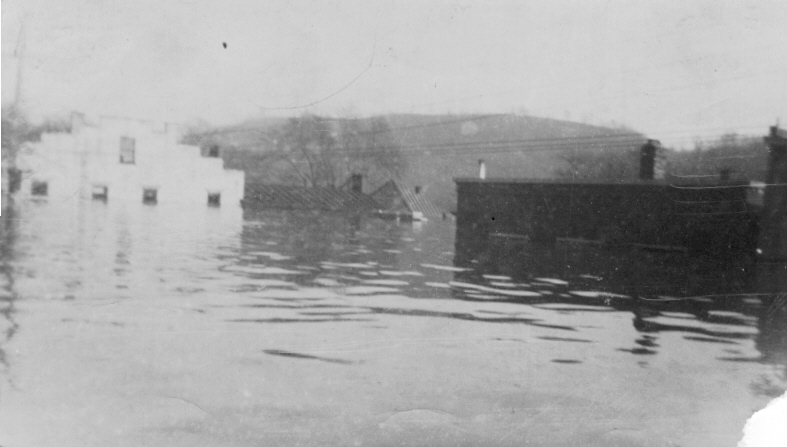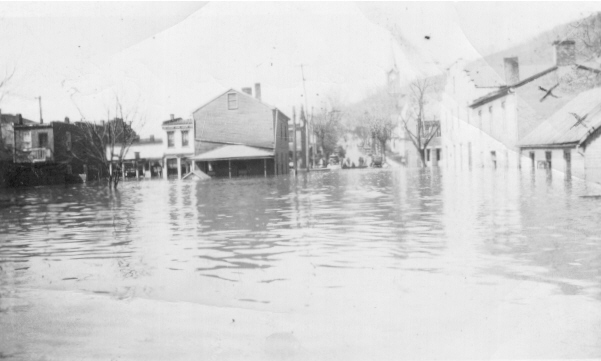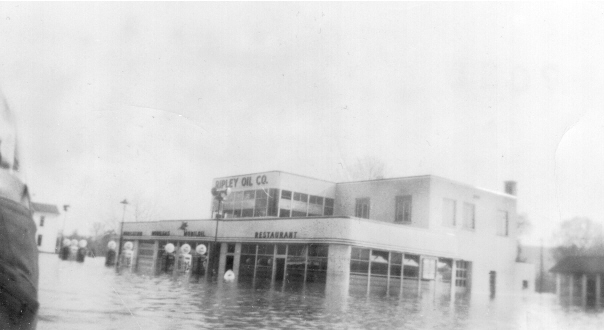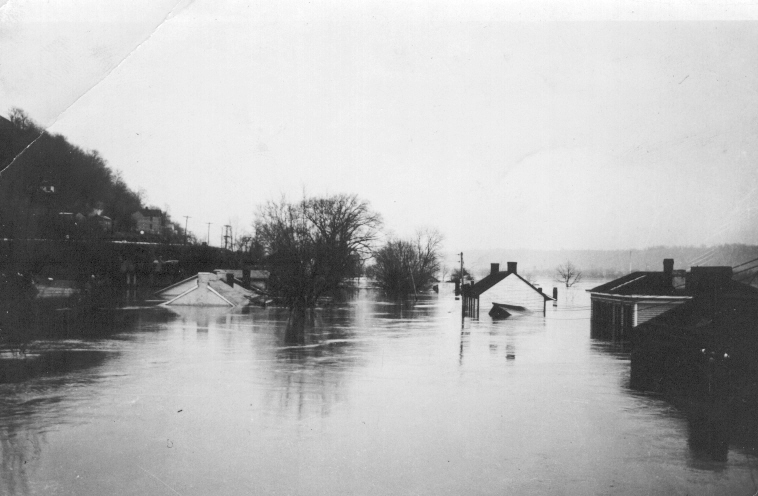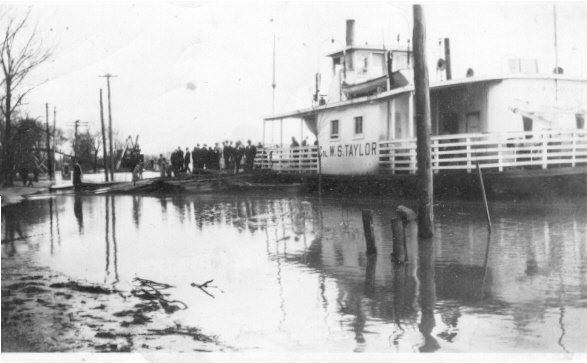Since 1812 the picturesque village has been nestled in a beautiful bend of the Ohio River Valley. The village gained national recognition from the onset for strong beliefs and even stronger actions in the fight to abolish slavery.
RANKIN HOUSE NATIONAL HISTORIC LANDMARK
Built in 1825, the Rankin House was home to abolitionist and Presbyterian minister John Rankin, his wife Jean, and their 13 children. It's estimated that over 2,000 slaves seeking freedom stayed with the Rankins, sometimes as many as 12 at a time. Though slavery was illegal in Ohio, slaves could still be apprehended due to the Fugitive Slave Law of 1850. In order to avoid danger, they had to leave the United States.
JOHN P. Parker house NATIONAL HISTORIC LANDMARK
John Parker (1827-1900), a former slave, lived in this house, which has been designated a National Historic Landmark, from about 1853 until his death, and from this location planned many rescue attempts of slaves held captive in the "borderlands" of Kentucky.
RIPLEY MUSEUM
The Ripley Museum is located in an 1850's home featuring 10 rooms with collectibles dating from the late 18th century up to the mid-20th century. This federal design house is similar to many built in Ripley in the 1850's.
Open May 1 thru December 14 / Saturday 10-4; other times by appointment.
Call (937) 392-4660
219 N. Second Street
Tobacco MUSEUM
The two-story brick house is of Federal and Georgian style architecture. Displays include early tobacco farming, the origin ofWhite Burley tobacco and Lt. General Grant cigars. Adjacent to the museum is a building that houses large, old tobacco equipment.
Open May thru December / Saturday 10-4; other times by appointment.
Call (937) 392-9410
703 S. Second Street
HISTORIC FLOODS
A Memory of 1937 Flood by Dorothy Brittingham (Carr)
At the age of twelve, Dorothy remembers it rained day and night.
Our home was flooded, eventually only the chimney was sticking out. The home was on South Second street. My mother Clara Carr and I stayed with Carrie Dell Loudon and my father and brother stayed next door in the old Betty Carr house, which was in disrepair then.
My brother had a rowboat and my brothers would help people get out of the flood, without charging them anything. I remember I had a beautiful china doll, that someone stole out of the house before we got to move. Keith, my brother would row sightseers across the water for $.25. He was on second street. People who weren't in the flood wanted to ride the water and see what was flooded. All of downtown was flooded. The National Guard came to town. Keith was ready to launch the boat, and a National Guard person put his foot on end of the boat and said "I'm taking charge of this boat in the name of the Guard." Keith acted like he didn't hear him and pulled out and the Guard fell in the water! They had been commandeering boats.
Krogers brought a semi truck full of food but could only leave it on the south side of town, mostly canned foods. Dr. Tyler Senior came over to give everyone a shot for typhoid. A neighbor, Gertrude White, came running and said "Charlie (Dorothy's father) get the kids and take to the hills, the dam broke upriver." My father told her if it did break, it wouldn't hurt us, it would be impossible. It took quite a while to calm her down.
They eventually had food at the high school, if you were of the political persuasion (Democrat) you could get anything, otherwise you got dried beans and bread.
My brother Charles worked for Mentor Shaw and he had two big gas tanks in the middle of the river. If they broke loose and hit something the whole town could catch on fire. My brother went out in the boat and put big metal ropes on the tanks and managed to tie them with cables. All sorts of things went floating down the river, houses, you would see all kinds of animals, some alive and some dead. Small animals on the barns and the houses. Only the highest ground escaped.
A Memory of 1937 Flood by Miriam Zachman
"The flood of 1937 did more damage to Ripley than the depression. Throughout the depression, we were self-reliant people; there were gardens in everybody’s back yard, and we relied on our “pioneer stock”, but the flood of 1937 devastated the town. It was supposed to be a small flood, so merchants just put the merchandise up on the shelves and did not expect the water to keep rising like it did; the bank where my dad was the president (Citizens National, currently the Integra back) sealed the bottom vault but the upper vault was not sealed because they weren’t expecting it to be so severe; then when the water rose they could not get in to seal the upper vault and the front door was underwater so they couldn’t get to it. The bottom vault held money and bank records, but all the safety deposit boxes were in the second vault. I spent long hours with a mangle (ironing machine) going through bank records drying them out. We were living in what is currently the museum; the water got to the baseboards. In the home of my grandparents, Grandpa was a bed patient on the second floor and could not be moved; Dad brought supplies in a boat and handed them through the second-story window.
Originally the bridge over Red Oak was an iron bridge; the road went down very swiftly and was much closer to the creek; there were homes on either side, and the flood took all the houses on Cherry up to 2ndand 3rd streets. These wooden houses, built in the 1800s, just floated away. We saw houses, barns and dead horses, cows and pigs all floating down the river. Easton Alley was lined with barns that had no foundation that just floated away. The library lost a lot of its books. They asked for help from the Carnegie foundation that helped build it but were turned down. My dad had a hardware store and they were moving stuff out of the second floor into boats; the National Guard came in and ordered them out because of the fear of busted oil tanks leaving potentially flammable oil on the water. The National Guard were young fellows who had never been in a flood. Our dad lost a lot of money at that time. He moved upstairs when the water did start coming up. The flood covered most of the houses on Front House; my grandparents house had 6 feet of water in the main living room; this house was raised after the 1913 flood to make it taller, and that’s why the home wasn’t covered. The flood washed fields away. To this day, if you open an electrical outlet in some of the older homes, you will find leftover mud. Most of the people moved completely out of Ripley. Hardly anybody was left."





